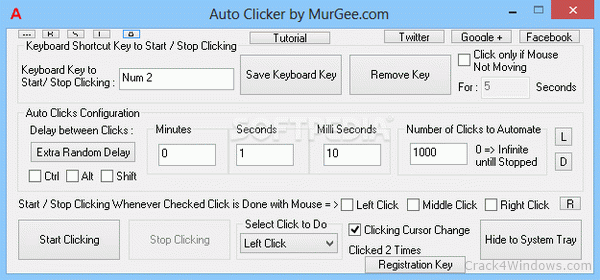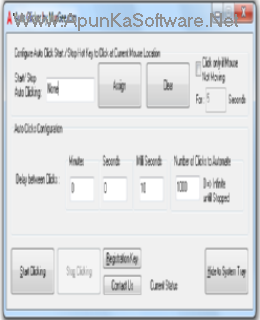


If you want to re-authorize a blocked application, then you'll find re-authorization instructions in this knowledgebase article. (A single alert is the default setting.) Re-authorize a controlled application However, you can set your Application Control policy to send only a single alert per endpoint, so you will only be alerted once about any embedded applications. Note: A few of our controlled applications will not be removable because they are embedded within your operating system. Should this option not be available, double-click the uninstall file applicable to the specific application. Typically, applications can be removed using 'Add/Remove Programs'. Remove a controlled application using a specific application uninstallerĪt the time of installation, many applications have their own uninstall file that is placed in the same directory or program group. The 'Currently installed programs' list in the 'Add or Remove Programs' tool lists all of the Windows-compatible programs that have an uninstall program or feature.Ģ. To access the Add/Remove programs utility from the Windows Control Panel: Remove a controlled application using Add/Remove programs in Windows Control Panel The Currently installed programs list in the Add or Remove Programs tool lists all of the Windows-compatible programs that have an uninstall program or feature. remove the software to prevent future alertsġ.

take no action, if you wish to continue blocking the application.If you've received an alert about a blocked application, you can choose to: System administrators choose applications that they wish to block. In the Application Control policy, applications are allowed by default. Use MurGee Auto Clicker Crack software to click the left, right, or middle mouse button through configurable keyboard shortcuts.


 0 kommentar(er)
0 kommentar(er)
